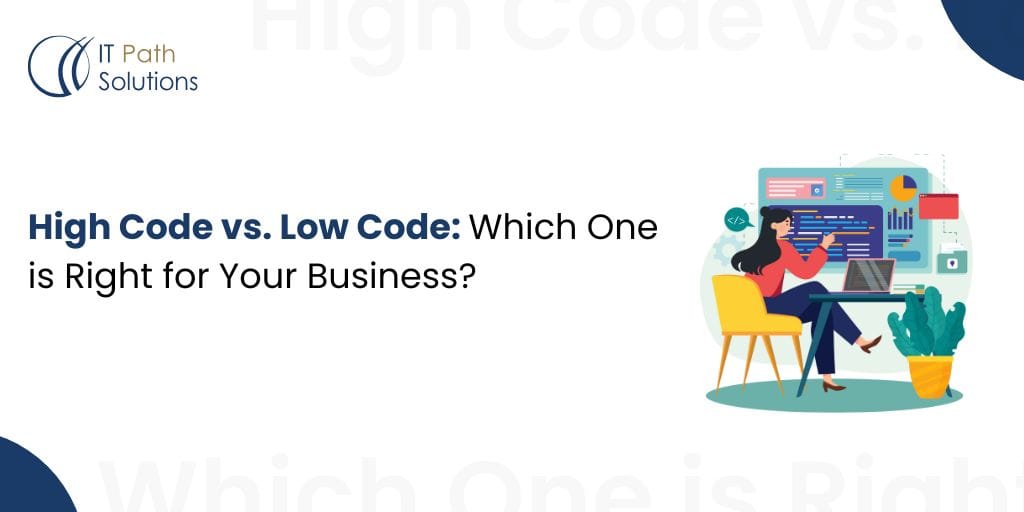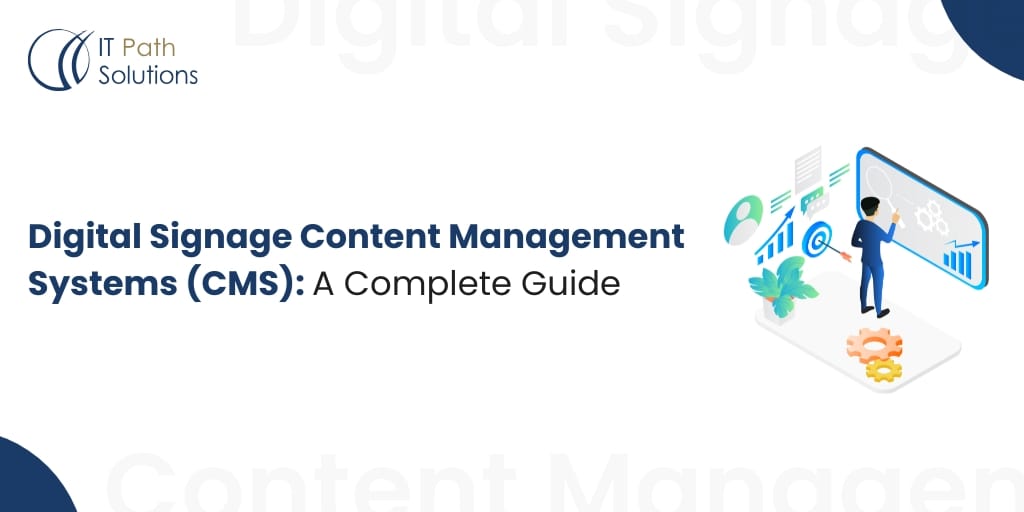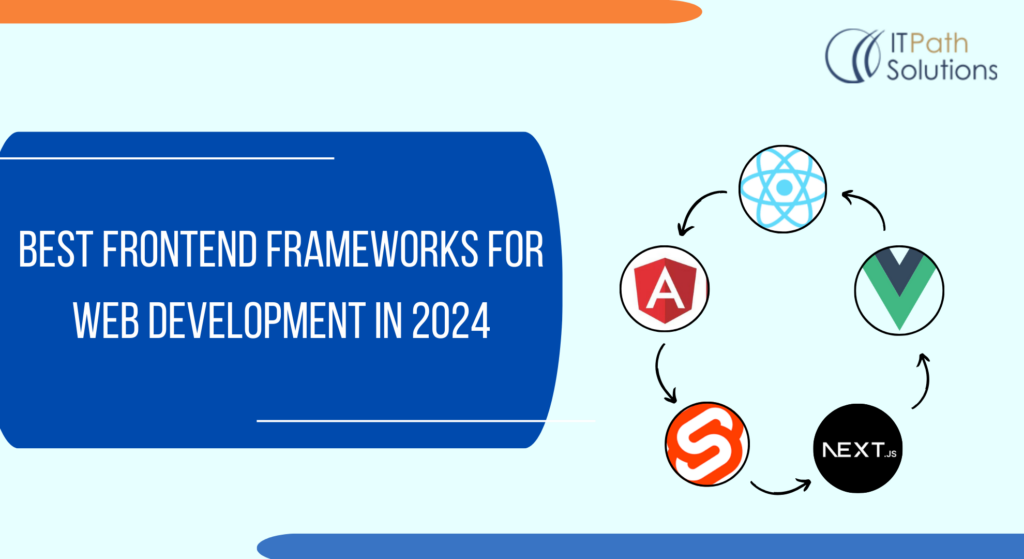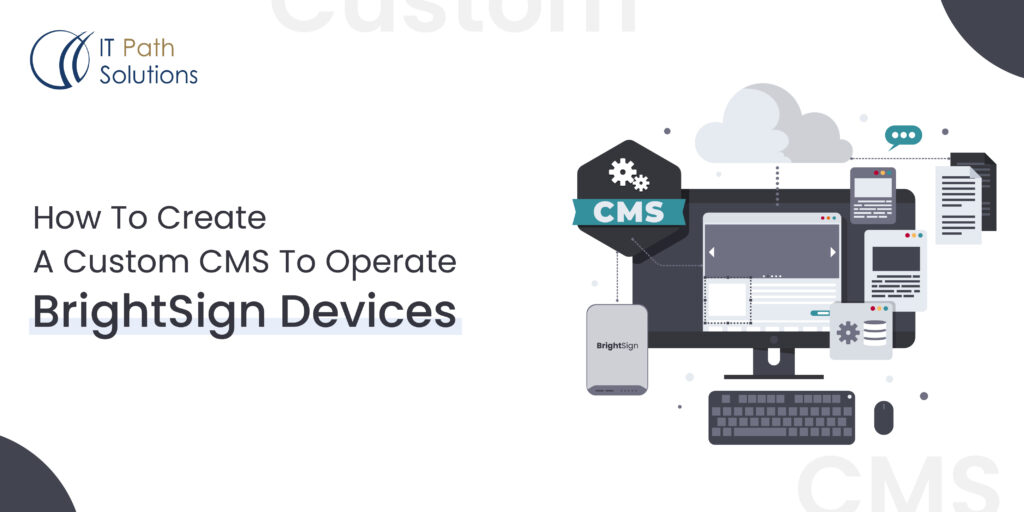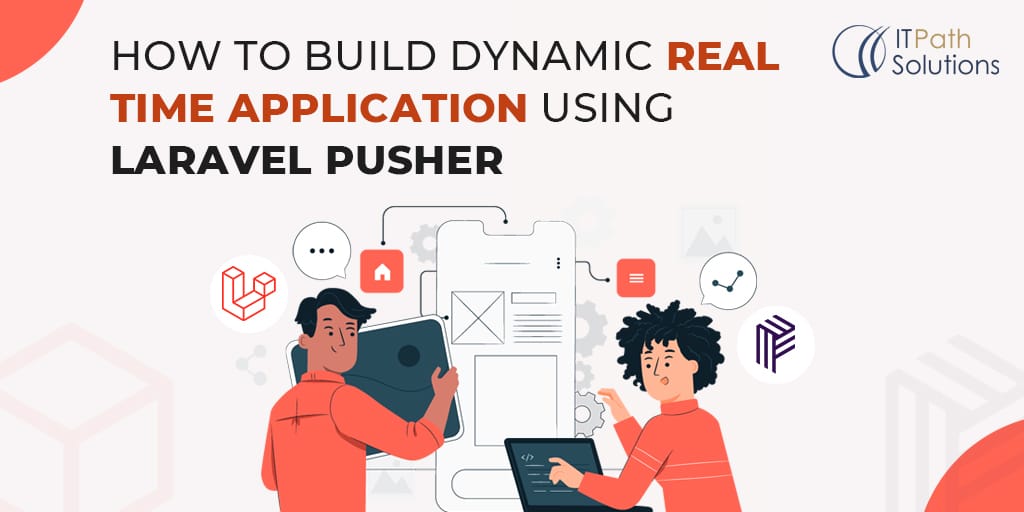How to Use WooCommerce To Transition Your Offline Business to Online
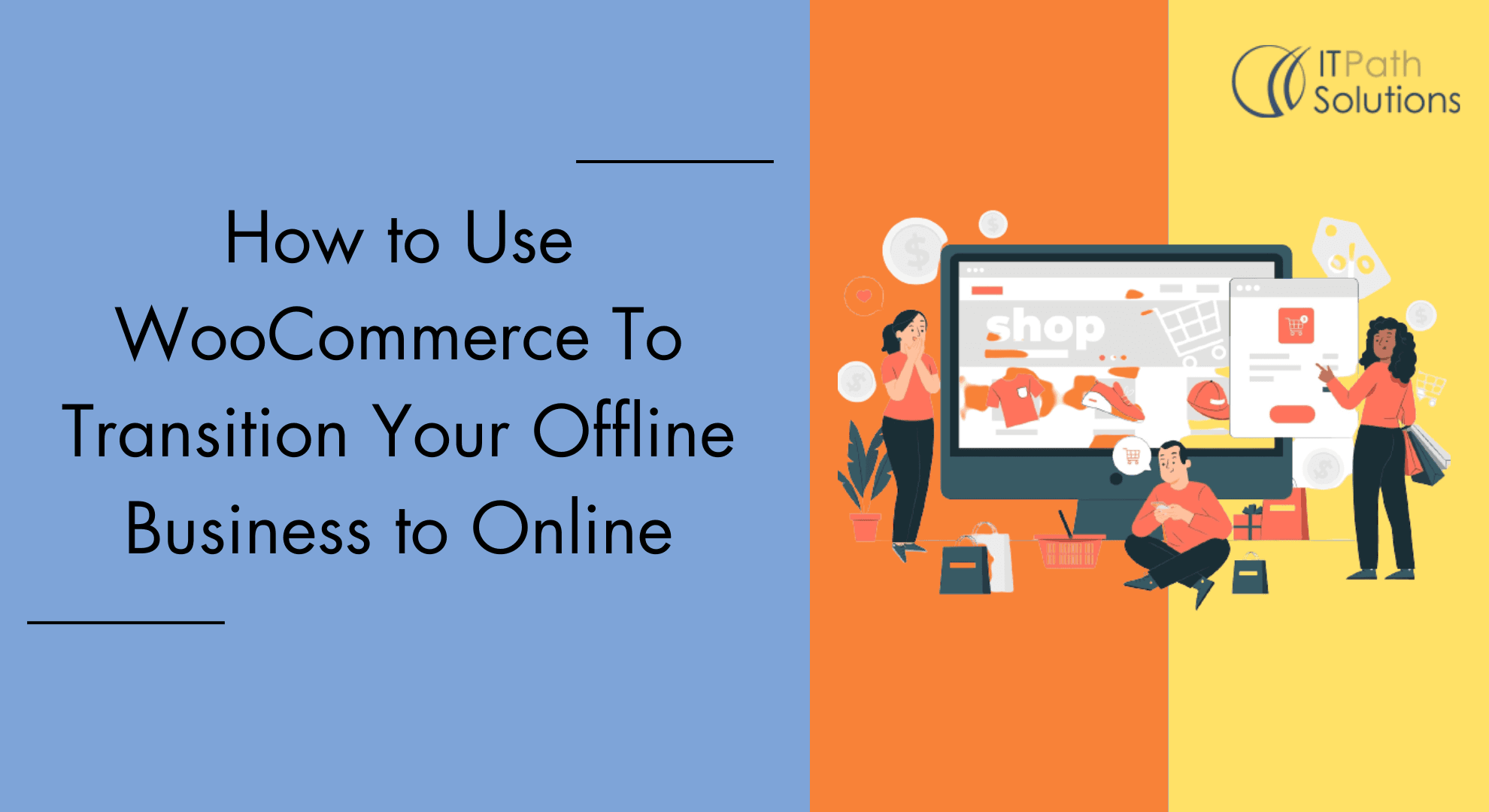
In today’s digital age, having an online presence is crucial for any business. With the rise of e-commerce, consumers expect businesses to have an online store where they can browse and purchase products or services from the comfort of their own homes. Offline businesses that fail to adapt to this trend risk falling behind their competitors and losing potential customers.
Transitioning an offline business to online can be a daunting task, but it is necessary for the survival and growth of the business. By creating an online store, businesses can reach a wider audience, increase their revenue, and offer convenience and flexibility to their customers.
If you are an offline business owner looking to make the transition to online, this blog post will provide a step-by-step guide on how to use WooCommerce, a popular e-commerce plugin for WordPress, to create an online store. From preparing for the transition to marketing and maintaining your online store, we’ll cover everything you need to know to successfully transition your offline business to online with WooCommerce.
Understanding WooCommerce Development
WooCommerce is an open-source e-commerce plugin for WordPress that enables businesses to create an online store and sell products or services directly to customers. It is free to download and install, and provides a range of features and customization options to create a unique and personalized online store.
WooCommerce is highly flexible and can be used by businesses of any size, from small startups to large enterprises. It offers a range of features, including:
- Product management: create and manage product pages, including product descriptions, images, and pricing
- Payment gateways: integrate with popular payment gateways like PayPal, Stripe, and Amazon Pay to securely accept online payments
- Shipping options: set up shipping rates and options based on location, weight, or price
- Customization options: choose from a range of themes and plugins to customize the look and functionality of your online store
- Analytics and reporting: track your online store’s performance with built-in analytics and reporting tools
Some benefits of using WooCommerce for e-commerce include:
- Easy to set up and use: WooCommerce is user-friendly and easy to set up, even for non-technical users. Its intuitive interface allows businesses to create an online store quickly and easily.
- Customizable: With a range of themes and plugins available, businesses can customize the look and functionality of their online store to meet their specific needs and branding requirements.
- Scalable: WooCommerce can accommodate businesses of any size and can scale with the business as it grows. It is also highly flexible and can be easily integrated with other tools and platforms.
- Cost-effective: WooCommerce is free to download and use, making it a cost-effective solution for businesses looking to transition to online sales.
Overall, WooCommerce is a powerful and flexible e-commerce solution that can help businesses transition from offline to online sales.
Preparing For the Transition
Before transitioning an offline business to online with WooCommerce, it’s important to prepare and plan to ensure a successful transition. Here are some steps to take:
- Conducting market research: Conducting market research is important to understand the competitive landscape and determine if there is a market for your products or services online. This research should include an analysis of your competitors, their online presence, and the demand for your products or services online.
- Identifying target audience: Once you have conducted market research, identify your target audience. This will help you understand who you are selling to, and how to effectively market and sell your products or services online.
- Determining key products and services to offer online: Determine which products or services will be most successful online. This may involve offering a select range of products or services that are popular among your target audience or have high demand online.
By preparing and planning before making the transition to online, businesses can ensure that they are offering products or services that are in demand and can effectively reach their target audience. This will also help businesses to create a successful online store that generates revenue and growth.
Setting Up WooCommerce
Once you have prepared and planned for the transition to online, it’s time to set up WooCommerce for your online store. Here are some steps to follow:
- Installing WooCommerce plugin: First, install the WooCommerce plugin on your WordPress website. This can be done by navigating to the “Plugins” section of your WordPress dashboard, clicking “Add New,” and searching for “WooCommerce.” Click “Install Now” and activate the plugin.
- Choosing a compatible theme: Next, choose a compatible theme that is optimized for WooCommerce. WooCommerce is compatible with most WordPress themes, but some themes may offer better compatibility and customization options for your online store. You can find WooCommerce-compatible themes on the WordPress theme repository or from third-party theme providers.
- Setting up payment and shipping options: Once you have installed WooCommerce and chosen a compatible theme, set up your payment and shipping options. WooCommerce offers a range of payment gateway options, including PayPal, Stripe, and Amazon Pay. Choose the payment gateway that works best for your business and set up the integration. For shipping, set up shipping rates and options based on location, weight, or price.
By following these steps, you can set up WooCommerce for your online store and start selling your products or services online. It’s important to ensure that your online store is user-friendly, visually appealing, and secure to build trust and credibility with your customers. WooCommerce provides a range of customization options to create a unique and personalized online store that meets your specific needs and branding requirements.
Adding Products and Services
After setting up WooCommerce and choosing a compatible theme, it’s time to add products and services to your online store. Here are some steps to follow:
- Creating product pages: Create product pages for each of the products or services you plan to sell online. These pages should include detailed information about the product or service, including its features, benefits, and specifications.
- Uploading product images and descriptions: Upload high-quality images of each product, along with clear and concise descriptions that highlight the product’s unique features and benefits. This will help customers make informed purchasing decisions.
- Setting prices and inventory: Set prices for each product or service, and ensure that your inventory is accurately reflected on your online store. WooCommerce provides a range of tools to help you manage inventory and track sales, ensuring that you always have the right amount of stock on hand.
By adding products and services to your online store, you can start selling to customers around the world. It’s important to ensure that your product pages are visually appealing, informative, and easy to navigate. This will help customers find what they are looking for and make purchases with confidence.
Optimizing the User Experience
Once you have set up your WooCommerce store and added products or services, it’s important to optimize the user experience for your customers. Here are some steps to follow:
- Importance of a user-friendly interface: A user-friendly interface is crucial for any e-commerce website. This means designing a website that is easy to navigate, visually appealing, and provides clear and concise information about products and services.
- Suggested design principles for e-commerce websites: When designing your e-commerce website, consider implementing design principles such as a simple and intuitive navigation menu, clear calls to action, consistent branding, and high-quality images and videos. It’s also important to ensure that your website is responsive and mobile-friendly, as an increasing number of customers are shopping on their mobile devices.
- Examples of existing e-commerce websites with good design: Take inspiration from existing e-commerce websites with good design, such as Amazon, Zappos, and Sephora. These websites are designed to provide a seamless and enjoyable shopping experience for customers, with a focus on ease of use, clear product information, and secure payment options.
By optimizing the user experience for your customers, you can increase sales, build customer loyalty, and establish your online presence. WooCommerce provides a range of customization options to help you design a unique and personalized e-commerce website that meets your specific needs and branding requirements.
Managing and Maintaining Your Online Store
Once your online store is up and running, it’s important to manage and maintain it to ensure it continues to meet the needs of your customers. Here are some key tasks to consider:
- Order management: Use WooCommerce’s order management tools to keep track of customer orders, process payments, and manage shipping and delivery. It’s important to ensure that orders are fulfilled promptly and accurately to maintain customer satisfaction.
- Customer service: Provide excellent customer service to your customers by responding promptly to inquiries and resolving any issues or concerns they may have. This will help build trust and loyalty with your customer base.
- Updating products and services: Regularly update your product and service offerings to keep your online store fresh and relevant. This may involve adding new products, updating prices and inventory, and improving product descriptions and images.
By effectively managing and maintaining your online store, you can ensure that it remains a valuable asset for your business. WooCommerce provides a range of tools and resources to help you streamline your e-commerce operations and keep your customers satisfied. With the right approach, transitioning your offline business to online can be a lucrative and rewarding venture.
Conclusion
In conclusion, transitioning your offline business to online can be a smart move in today’s digital age, and WooCommerce is an excellent tool to help you achieve this. With its user-friendly interface, customizable options, and powerful features, WooCommerce makes it easy to set up an online store and start selling your products and services to a wider audience.
By following the steps outlined in this blog post, you can successfully transition your offline business to online using WooCommerce. From conducting market research and identifying your target audience to setting up your online store and optimising the user experience, each step is essential to ensuring the success of your online business.
 Healthcare
Healthcare  Education
Education  Real Estate
Real Estate  Logistic
Logistic  Themes
Themes
 Plugins
Plugins
 Patterns
Patterns
